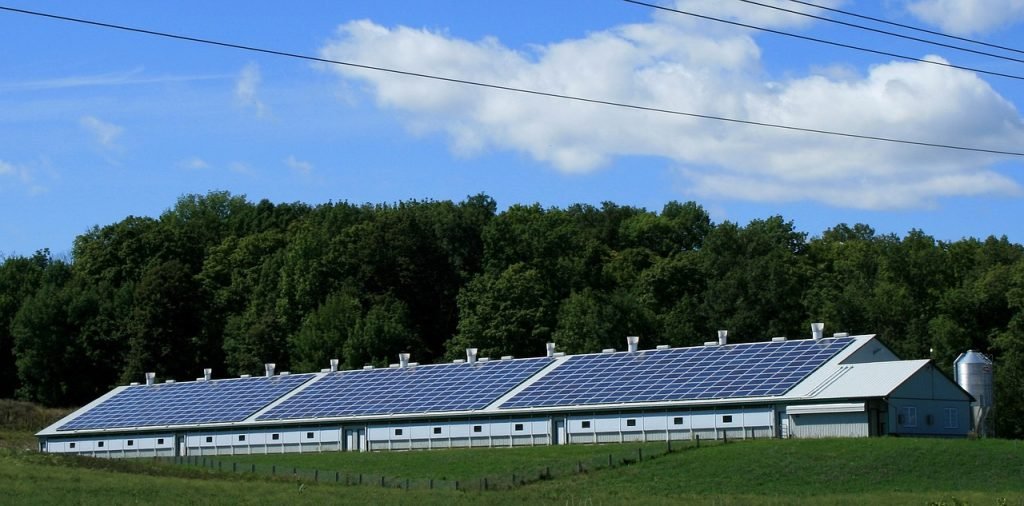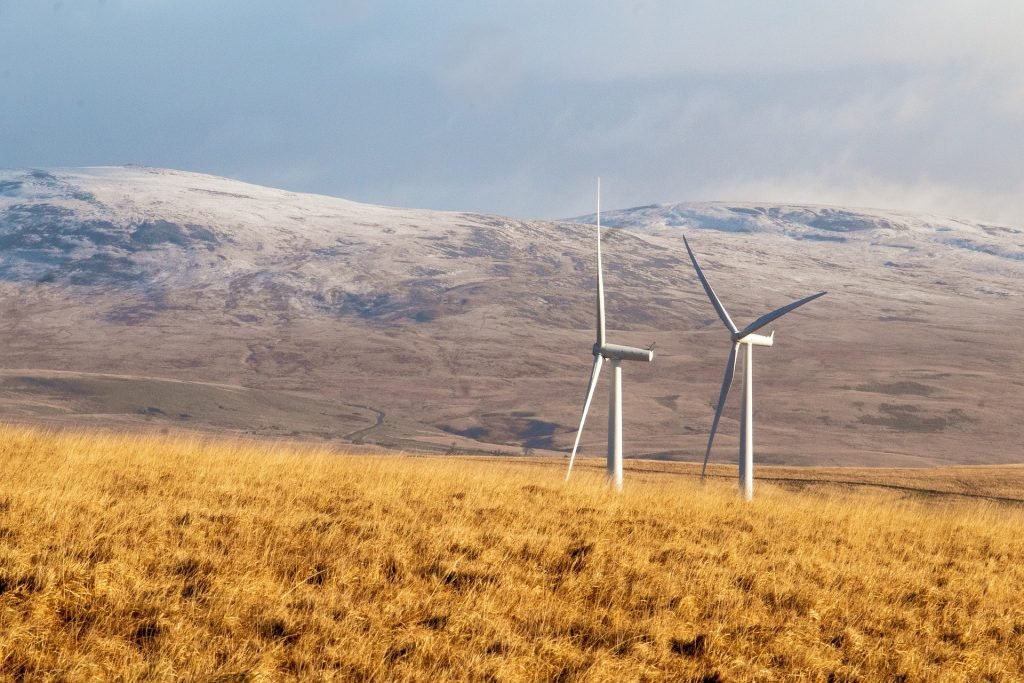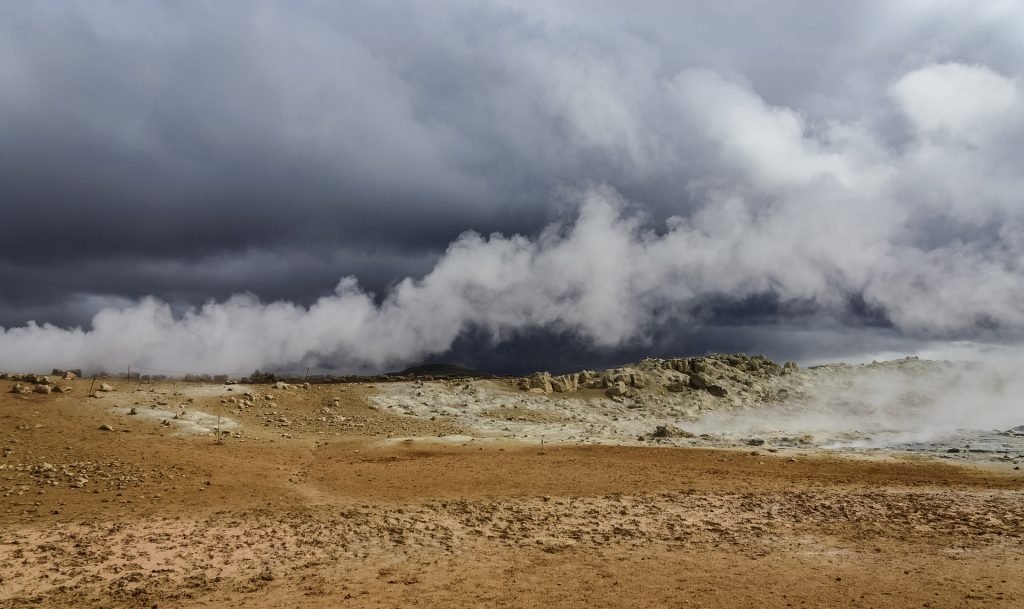A Comprehensive Guide to Renewable Energy: Pros and Cons
The use of renewable energy has grown steadily in recent years and will continue to grow for the foreseeable future.
Renewable energy is the future for all of us. These sources of energy come from natural processes that can power homes and businesses.
Thus, renewable energy is a broad term that encompasses a variety of different sources. These sources include solar, wind, geothermal, and hydroelectric power.
They provide an alternative to the fossil fuels that are polluting our environment and causing climate change. These energy sources are clean, natural, and sustainable.
Fossil fuels provide us with a lot of energy resources, but they are finite and not sustainable. But it is time to take a new approach.
Thanks to the technology we have today due to past efforts.
Renewable energy is an increasingly popular form of energy because it is sustainable, reliable, and reduces the risk of climate change.
We have to start thinking about renewable power sources.
Renewable energy is a type of energy that is generated from natural resources such as sunlight, wind, rain, tides, and geothermal heat.
These types of energy sources do not produce any harmful emissions and are sustainable because they are a cleaner, healthier, and cheaper alternative to traditional fossil fuels.
They are also more sustainable in the long term because the amount of fuel is limited.
However, one con is that they can’t provide power all of the time, nonetheless, they don’t produce pollution or cost a lot of money.
In this guide, we will go over some of the pros and cons of renewable energy so you can make an informed decision on whether or not you would like to use it in your home or business in the future.
Different types of renewable energy

Renewable energy is the future of sustainable energy. It is a reliable and sustainable source of power that reduces dependence on fossil fuels.
Renewable energy sources include solar, wind, geothermal, hydropower, biomass, and ocean power.
Solar energy

Solar energy has been a popular choice for many people because it is one of the most accessible renewable sources that can be used in every country.
Solar energy is one of the most popular types of renewable energy. It is a clean and sustainable source of power.
Solar energy is a form of renewable energy that can be used to generate electricity.
This type of energy comes from the sun, which heats up the earth, and then it heats up water or air, which in turn creates steam that can be turned into mechanical power.
Solar panels are used to convert this heat into electricity.
Solar panels are made out of silicon cells which capture light and turn it into electricity when they are exposed to sunlight.
A solar panel will produce more electricity when it has more sunlight on it, so they work best in sunny countries where there are lots of hours of direct sunlight each day.
The pros of solar power include no emissions, low running costs, free fuel source (sunlight), no noise pollution, little maintenance required (no moving parts), reliable supply even on cloudy days or at night time, and no need for backup power.
The cons for solar power include: expensive to install, the cost of maintenance and replacement parts, technology is still developing, difficulty to get installers in remote areas, and higher initial investment.
Wind power

Wind power is another great energy option because it has a low cost and high efficiency rate. It doesn’t produce any pollution and it’s also not very expensive to install or maintain.
Wind power is a form of renewable energy that has been harnessed by humans for centuries. It industry has grown substantially in the past few years, and it is expected to grow even more in the future.
Wind power plants have a high level of reliability and can generate electricity at a low cost when compared to other sources of renewable energy.
Wind turbines can be found all over the world, both onshore and offshore, generating electricity without using any fuel at all.
The wind turbines use wind currents to spin their blades which in turn cause generators to create electricity by converting kinetic energy into electrical current.
It is one of the most popular forms of renewable energy because it’s not only environmentally friendly but also economically viable.
The main downside to this type of energy is that it requires large amounts of land and can be an eyesore.
Geothermal energy

Geothermal energy is another type of renewable energy which uses heat from the earth to produce electricity and heat for homes, offices, etcetera.
It has no emissions or waste products which makes it an environmentally friendly option for generating power.
Geothermal energy is a type of renewable energy. It is the heat from inside the earth that can be used to generate electricity.
This energy can be generated by extracting steam and hot water from deep within the earth’s crust, or by using heat pumps to extract heat from the ground surface.
Geothermal energy is a clean and reliable source of energy but it may not be available in all locations.
It also has some disadvantages, including high upfront costs, long lead times for development, and it relies on water sources which are not always available in dry regions. You can save money on your utility bills.
There are some potential environmental issues linked to geothermal energy.
These include potential health risks associated with handling groundwater and the possibility of earthquakes in areas with high geothermal activity.
Hydropower energy
Hydropower is also one of the most popular renewable energies because it is reliable and abundant all over the world.
It does not require sunlight, wind, or any other external source to function and is most effective when used in conjunction with other renewable energies like solar and wind.
Hydropower is one of the main sources of power generation in many countries around the world.
In addition to being a popular source of power generation worldwide, hydropower has many environmental benefits as well.
The technology behind hydropower is relatively simple.
It has a low carbon footprint, has minimal impact on the water cycle, and produces no air pollution or greenhouse gas.
To convert water into hydroelectric power, dams are built at a location that causes the force of gravity to collapse the water above it.
This then creates pressure by pushing water through a turbine which generates electricity.
The first electricity-generating hydropower plant was built in 1882 by Adam Siemens at the bottom of the falls of Nuremberg city’s municipal water power station in Germany.
Plants have been used to generate electricity since 1878 when they were installed at Niagara Falls in New York State. This is also one of the earliest mentions of hydropower generation.
Biomass energy

Biomass energy is renewable energy that comes from organic materials such as plants and trees.
Biomass energy has been around for a long time, but it is only recently that people are starting to take it seriously.
Biomass energy is renewable and sustainable. It is considered one of the most popular sources of renewable energy in the world.
We cannot use all types of renewable energy sources in every situation because they have different pros and cons depending on their type and location.
This energy source is an example of this. Its benefits include that it can be used to heat homes and produce electricity.
The heat that comes out of biomass-fueled power plants can also be used to dry crops, which helps farmers save on fuel costs.
However, biomass energy has some drawbacks too, and we should not think of biomass as a replacement for other types of renewable energy.
Additionally, it takes a lot of space to grow enough biomass for a power plant and the harvesting process may damage soil quality near the harvesting site.
Ocean power energy

Ocean power energy is one of the types of renewable energy that is used to generate electricity from natural sources.
The technology consists of a series of turbines placed in coastal waters that are designed to harness kinetic energy from waves and tidal currents.
Ocean power can be an excellent source for generating electricity because it is available on a 24/7 basis, unlike wind or solar power, which only generates electricity when the wind blows or the sun shines.
The pros of ocean power energy include the fact that it is a renewable source of clean energy.
It is not limited to one geographical area and can be used as an emergency backup plan in case the other forms of renewable sources stop working.
However, there are some drawbacks to using ocean power as an alternative to fossil fuels.
For example, it is more expensive than other types of renewable energies in terms of generating costs per kilowatt hour (kWh).
Also, they need to be placed in water that has enough depth for them to generate enough electricity.
Benefits of Renewable Energy
Renewable energy can not only provide clean and safe power, but it also helps reduce the negative effects on our environment.
Clean energy is a type of power that does not release carbon dioxide into the environment when used, and that can be replaced with renewable resources.
The benefits of renewable energies are many and they include:
- Renewable is clean energy: it does not release toxic substances into the air or water like other sources of energy do.
- It has no fuel costs: once it has been installed, there are no fuel costs associated with these types of sources of power.
- It reduces CO2 emissions: renewable energies produce less carbon dioxide than other types of fuels which means that they help reduce global warming and climate change.
Downsides to Renewable Energy
Renewable energy has been gaining a lot of traction in recent years. But is it worth it? There are many drawbacks to renewable energy, and they can’t be ignored.
The first problem with renewable energy is that it’s not as reliable as fossil fuels. The sun doesn’t always shine, and the wind doesn’t always blow. So when these sources go down, there’s not much to fall back on.
Second, renewables are more expensive than traditional sources of power generation. The cost of solar panels and wind turbines has come down a lot in the past few decades, but they’re still more expensive than coal or natural gas plants.
Thirdly, renewables require a lot of land space to produce enough electricity for the entire country or even just one city.
This means that large swaths of land will have to be taken out of use for farming or housing if we want to make a switchover from fossil fuels to renewables in the next few decades.
Importantly, while renewable energy systems are great in the sense that they don’t rely on other (often less stable) technology, they do require extensive amounts of backup.
For example, a solar panel still needs fuel to operate in order to store energy.
The Future Of Renewable Energy and What It Means For Us All
Renewable energy is one of the most important topics to discuss today. It’s being discussed in academic circles, but also in our everyday lives.
Whether it’s the price of gas or the price of electricity, we are feeling the effects of climate change and need to find a way to combat it.
The future of renewables is not just about solar panels on our roofs or wind turbines in our backyards. It’s about how we can harness this power and use it more efficiently than ever before.
Energy security, climate change, and fossil fuel depletion are some of the most important forces shaping the renewable energy sector.
All their effects on the renewable energy industry will determine its future.
Thus, the future of renewables is bright and the need for clean energy is dire. The world will become more reliant on renewable energy in the near future, for many reasons.
For example, solar panels on roads are one way to make renewable energy more accessible.
These panels on roads are a great idea because they can provide power to cars and electric vehicles as well as homes and businesses.
They can also be used to power electric buses, trains, and other public transportation systems.
Moreover, research has found that in the future, clean and secure, renewable energy will account for between 50% and 80% of total energy demand.
This is the best scenario for renewable energy but takes the most time commitment from policymakers, businesses, and individuals
Furthermore, the European Union has committed to a goal of reducing greenhouse gas emissions by 80-95% by 2050. To achieve this, we must reduce the use of non-renewable energy sources – such as coal and petroleum.
Conclusion
Renewables are a viable option for the future of energy. They are an economically and environmentally sound choice that should be utilized more in the future.
Renewable energy is the future. They are more sustainable, cheaper, and environmentally friendly.
In conclusion, renewables are a great alternative to fossil fuels. They are sustainable and reliable, and they also help with reducing air pollution.


